Welcome to the “Create Your Own Fantasy Baseball Rankings” series, a step-by-step guide to help you create your own projection-based rotisserie baseball rankings using the Standings Gain Points method.
I Believe This Is The Best Resource Available For Ranking Players
You can find a link to each of the first six parts in the series below. Or if you prefer the same information in an easy-to-use free 60+ page e-book that you can download and refer to at any time, just register below.
At the end of each part is an Excel file you can download to refer to, use to double-check formulas, etc. The Excel files include the 2013 projection information originally used to develop and write the guide, but you can follow this same process with 2018 information (or in any future season).
Familiarity with Excel is recommended, but you don’t need advanced skills… I’ll teach you what you need to know. Some of the formulas used in the series require Excel 2007 or greater.
- Part 1 – Download Free Projection Data

- Part 2 – Understanding Player IDs
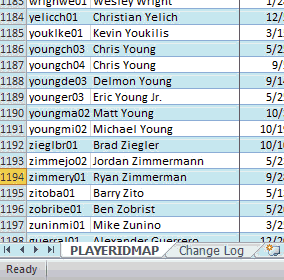
- Part 3 – VLOOKUP, Excel Tables, Named Range
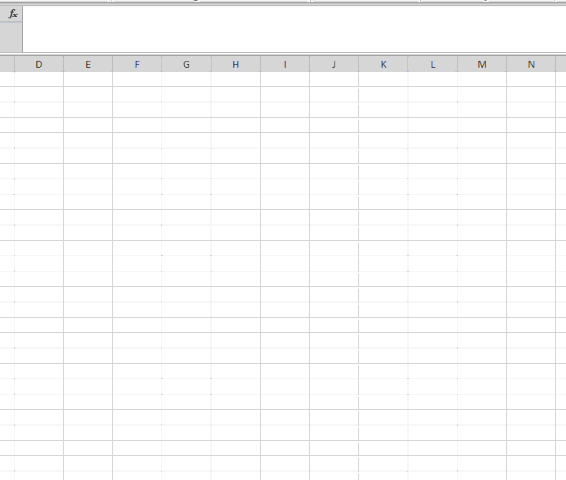
- Part 4 – Pitcher Rankings
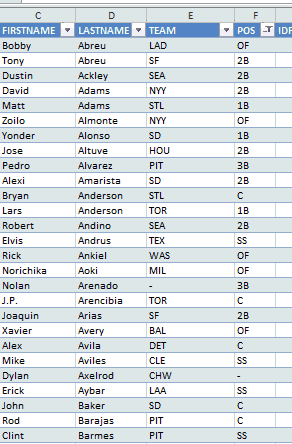
- Part 5 – Understanding Standings Gain Points

- Part 6 – Accounting for Replacement Level and Position Scarcity
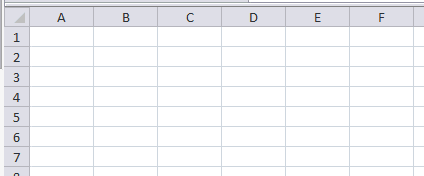
Want To Know How To Convert These Rankings Into Dollar Values?
Even if you don’t participate in an auction, converting projections and rankings into dollar values is helpful tool for comparing hitters to pitchers (I would not suggest simply comparing a hitter’s SGP to a pitcher’s).
If you do participate in an auction then dollar values are critical. And if you play in a league with keepers, you then have to calculate the effect of inflation on your dollar values. This forced me to realize that the rankings guide was not yet complete, and I have since completed Parts 7 – 10 that take the final steps of calculating dollar values and incorporating calculations for inflation.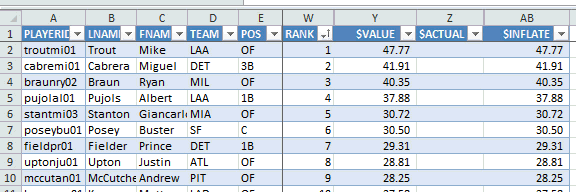
Please click here to read all about the additions to the guide and how to purchase your copy. With the additional segments on calculating dollar values and calculating price inflation, the guide becomes an incredible 150+ page resource and what I believe to be the best step-by-step process to valuing fantasy baseball players available anywhere.
Other RElated Posts
- How Do I Calculate SGP for OBP?
- How Do I Calculate SGP for SLG?
- How Do I Calculate SGP for OPS?
- A Warning About Calculating Replacement Level
IMPORTANT NOTE ABOUT EXCEL FOR MAC USERS
Please note that some of the formulas used in this book do not work on Excel for Mac. I apologize for this. I don’t understand why Excel is not designed to work the same on all platforms.
Please post your questions or suggestions to improve the rankings system in the comments here.
Hey Tanner,
Do you know if I can use Numbers on Mac or Google Spreadsheets?
Thanks,
Andrew
Hi Andrew,
Thanks for visiting the site. My instructions are written specifically with Excel 2007 or greater in mind. The same general concepts can be used on Numbers or Google Sheets, but the exact formulas and instructions would need to be tweaked for those programs.
I talk about VLOOKUP, which is not unique to Excel. But I do often use “table references” or “structured references” in Excel, which do not exist on those other platforms, to my knowledge.
Tanner
Tanner –
When calculating the SGP for rates how many pitching spots should I assume if my league permits 10 pitchers to start at one time but 4 reserves? Should I factor in reserve players into the number of hitter/pitcher spots since those players are drafted also? Thanks.
Hi Adam,
You ask a really great question. I have never seen this question addressed in depth anywhere else, but I’ll give you my thoughts. And if you ever see it answered somewhere else, I’d love to read it. Please share.
I would try to determine if the reserves are likely to play and make an impact during the season. In your example, if you have four reserves, I might assume two would be used as hitters and two as pitchers. If you’re in a 12-team league, that would be 24 more hitters and 24 more pitchers drafted.
I think it’s highly likely that those 24 hitters and pitchers are going to be swapped in and out of lineups regularly. So I would included them in your calculations.
If the league allows for 10 reserve spots, I think it’s much less likely those 10 are going to reach the lineup. I might draw a line at 5 players. Something like that.
The more reserve players you include in the “players drafted”, the more money gets sucked from the top dollar players and allocated down to those bottom players. So you will start to see the values for Trout, Goldschmidt, Kershaw, and Harper fall when you include the reserves. Keep this in mind.
In my experience, I think this is correct though. When I’m in an auction, I don’t see all the reserves going for $1. Sure the last 10 or 12 will. But there will be some other reserves that go for $2-$7.
This does assume your auction includes the reserve players. If you’re in a draft that runs like LABR or TOUT, I think they hold a separate snake draft after the auction to add reserves. In this case you would NOT include them in your dollar calculations.
Hope that helps.
Tanner – Would you use the same SGP ranking method in a head-to-head league?
Hi, Stephen. If your H2H league uses the exact same categories as a standard rotisserie league, I think using SGP and the denominators/factors above will be a very close approximation. But my ideal recommendation would be to look into the z-score method or the percentage valuation method for ranking players. I hope to address these topics one day… But I’m not there yet.